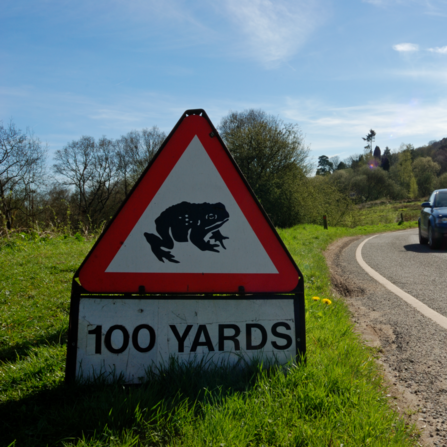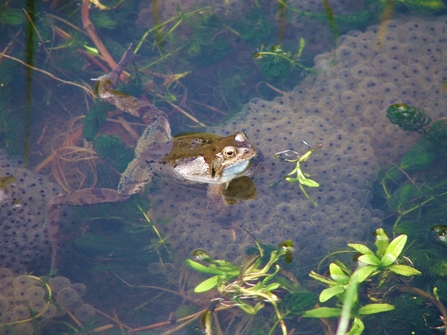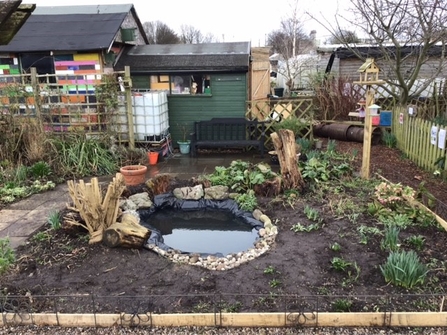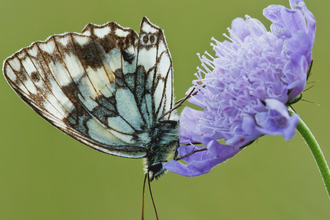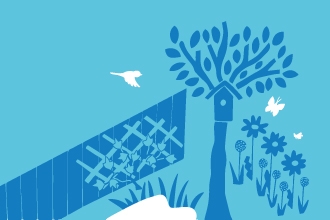Many people don’t realise that toad and frogspawn actually look different, and it is fairly easy to differentiate between them: frogs lay their eggs in a mass of jelly, and toads in a string.
For toads, there is an added layer of complexity. During mild spring evenings, often during or after rain, common toads migrate en masse from their hibernation sites to breeding ponds, ditches and lakes, sometimes travelling up to a kilometre. This phenomenon has become quite famous in recent years with ‘toad crossing’ volunteers manning roads where migration occurs - thank you to all the wildlife heroes out there providing safe passage for toads!

